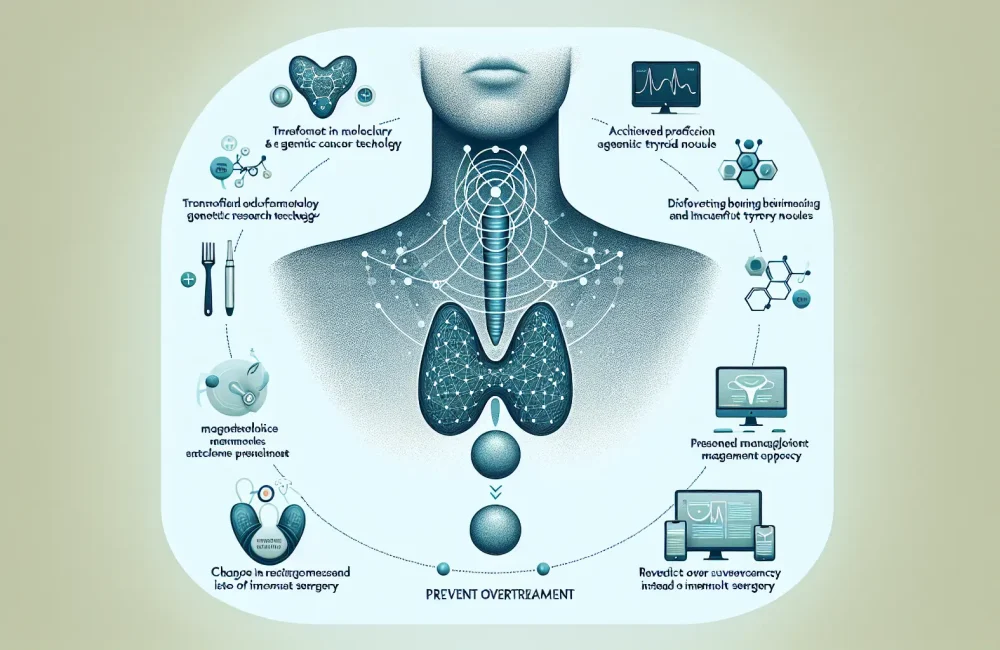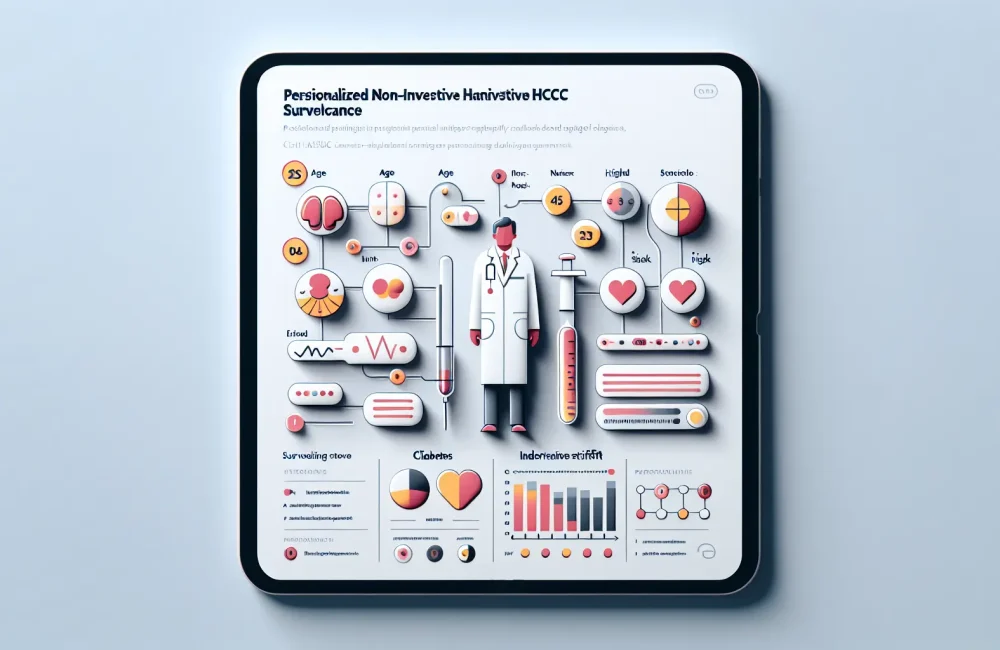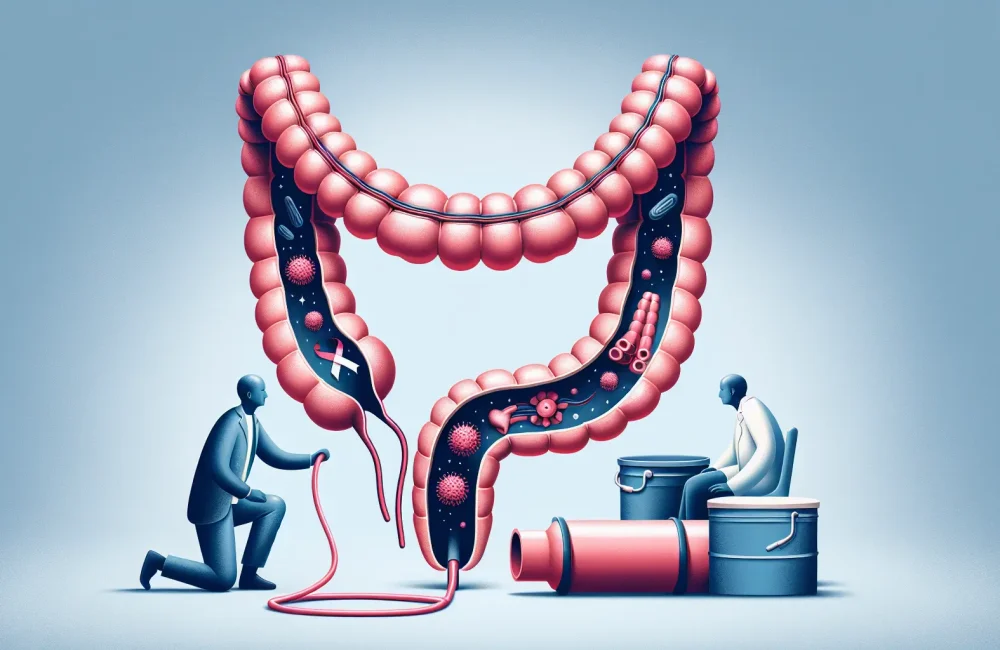By CAFMI AI From JAMA
Impact of Flavored E-Cigarette Bans on Young Adult Smoking
The research explores the effects of flavored e-cigarette bans on smoking behaviors among young adults, focusing on the unintended consequences of such regulatory actions. Flavored e-cigarettes have been popular among younger populations in the United States, often viewed as less harmful alternatives to traditional cigarettes. However, when regions implement restrictions or outright bans on these flavored products, the study finds an associated rise in cigarette smoking within this demographic. This increase suggests that limiting access to flavored vaping products may inadvertently push young adults toward combustible cigarettes, potentially reversing gains in tobacco reduction efforts. The study employed survey data collected before and after the enforcement of these bans, allowing for a comparison of smoking patterns over time. This observational data highlights a significant shift that raises concerns regarding the net public health impact of flavor restrictions. Clinicians and policy makers should recognize that while aimed at reducing e-cigarette use among youth, such bans might lead to compensatory increases in more harmful tobacco consumption.
Clinical and Policy Implications of Rising Cigarette Use
From a clinical perspective, the findings underscore a critical need for healthcare providers to be vigilant in assessing tobacco use patterns among young adults. With a potential shift from flavored e-cigarettes to traditional cigarettes, clinicians should be prepared to offer comprehensive tobacco cessation counseling that addresses both vaping and cigarette smoking. This includes discussing the heightened health risks linked to combustible tobacco use compared to vaping, despite the controversies surrounding e-cigarettes themselves. Moreover, the study’s results caution policy makers against simplistic regulatory approaches that do not account for behavioral adaptations in target populations. The increase in cigarette smoking post-ban suggests that flavor restrictions might inadvertently increase exposure to the most harmful forms of tobacco, thus complicating broader public health goals. Moving forward, policy discussions must include strategies to mitigate these unintended effects, possibly by combining flavor bans with stronger cessation support services or alternative harm reduction measures. Additionally, healthcare professionals can play a role in patient education and follow-up, particularly within primary care settings where early detection and intervention are feasible.
Future Research and Guideline Considerations for Tobacco Control
The article stresses the importance of further research to thoroughly understand how regulations on flavored tobacco products affect overall tobacco use and cessation in young adults. Continued investigation is necessary to determine the causal pathways underlying the shift from vaping to cigarette smoking and to explore potential mitigating factors. For example, studies could examine the role of addiction severity, availability of cessation resources, or socioeconomic factors influencing behavior changes following flavor bans. Additionally, the findings invite a re-evaluation of current clinical practice guidelines and public health policies to ensure they address the complexities of tobacco use patterns among youth effectively. Clinicians need clear guidance on counseling strategies tailored to individuals affected by these regulatory changes. This includes advice on differential diagnosis of nicotine dependence presentations, recognition of red flags indicating escalation to more harmful smoking behaviors, and counseling points emphasizing cessation benefits and risk reduction. By integrating these insights into primary care workflows, healthcare providers can better support young adults in navigating their tobacco use choices, ultimately improving health outcomes amid shifting regulatory landscapes.
Read The Original Publication Here






